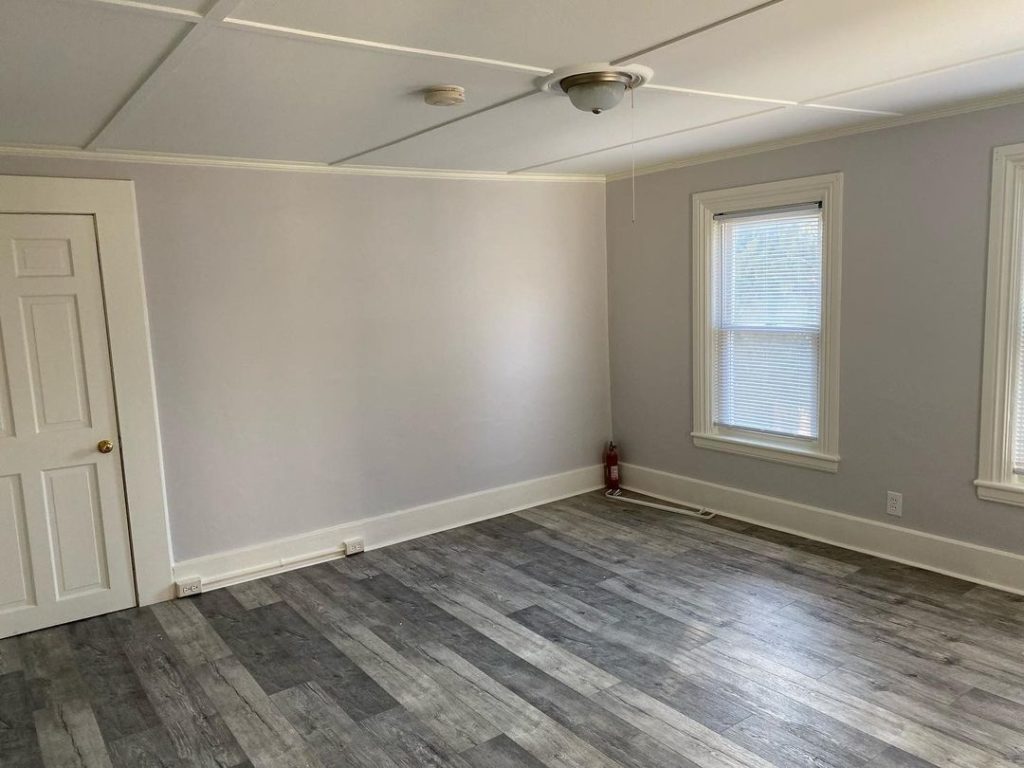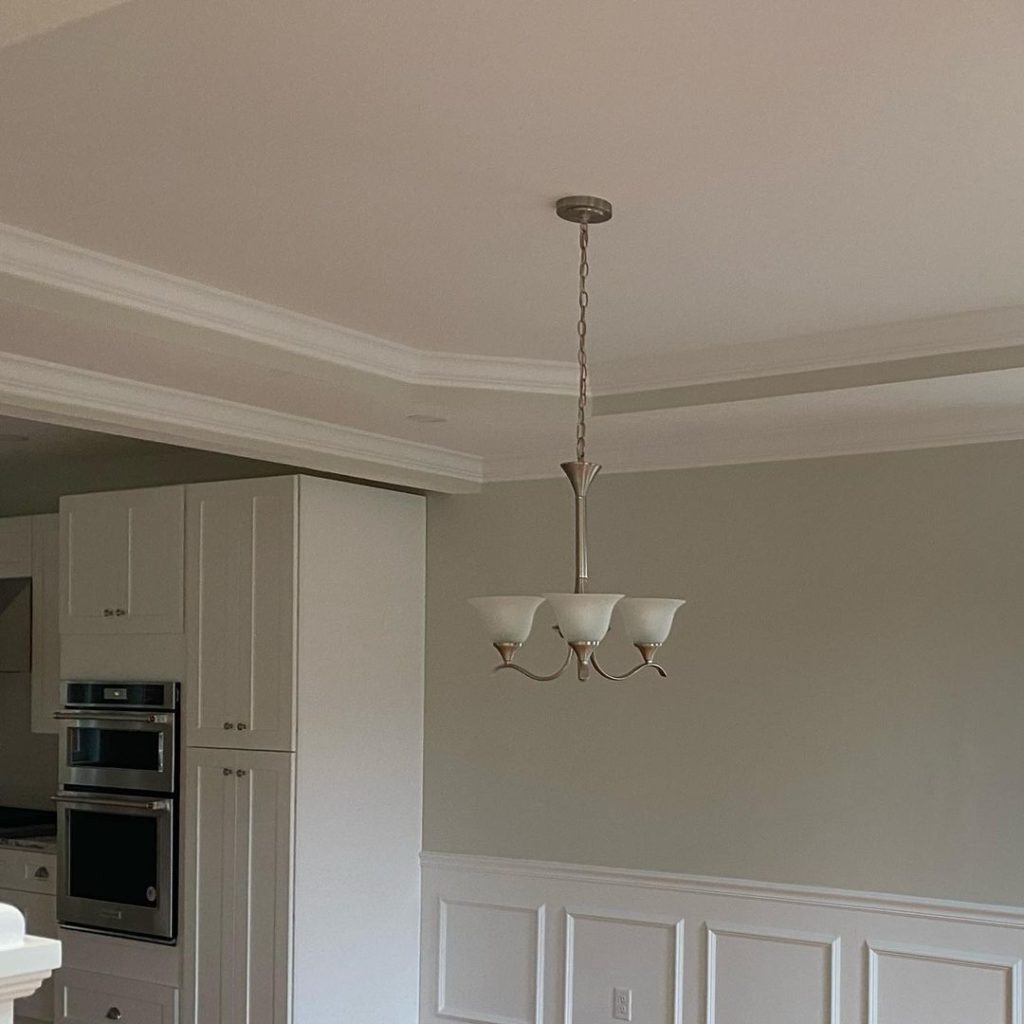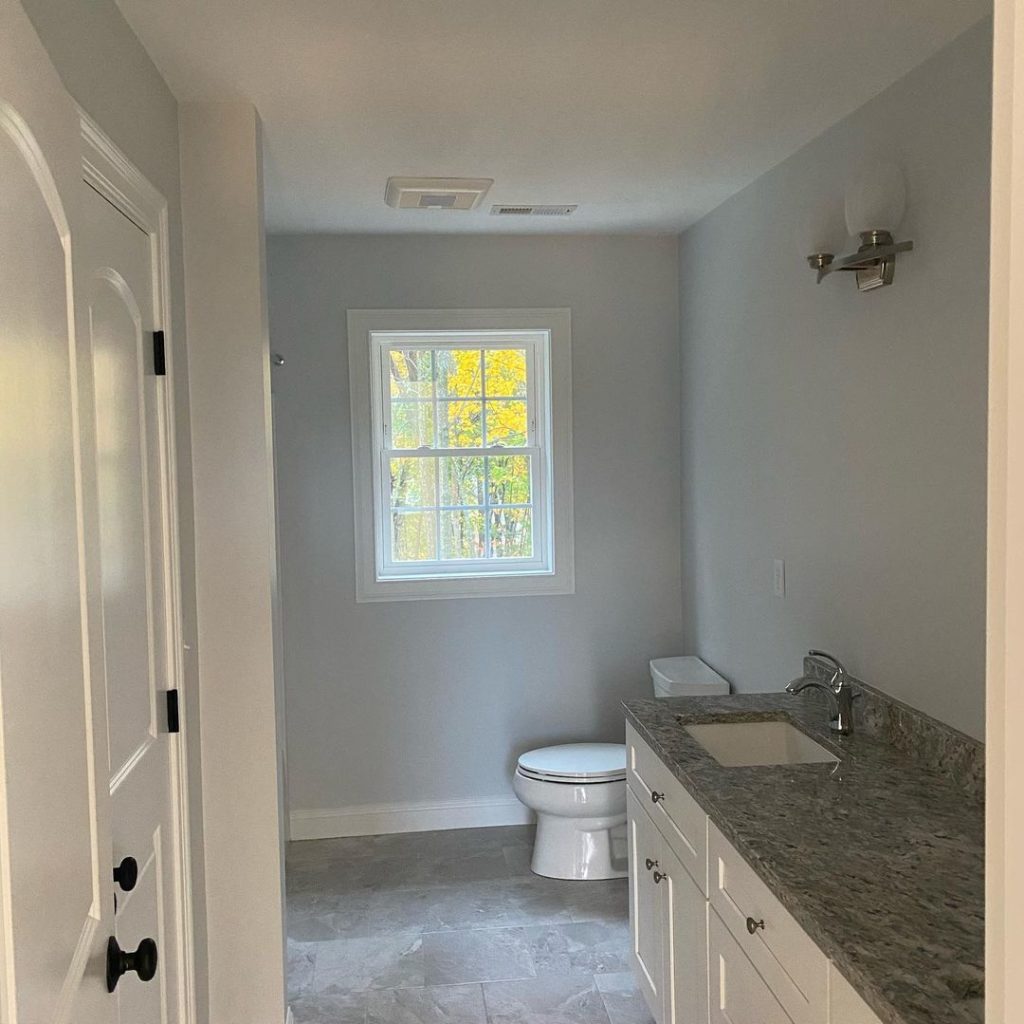Step by Step Guide for Interior Painting (House) in 2022
Your home’s interior painting project could seem overwhelming. There are so many things to think about, from choosing the right paint color to dealing with drips and brush strokes. If you are planning to tackle the job yourself, this guide will give you all the information you need to get started, including what type of paint to use, how to prep your walls, and what equipment you will need.
Table of Contents
Why should I paint my house?
There are many reasons to paint your house. Painting can improve the look of your home, increase its value, and protect it from weather damage. Paint can also help to hide flaws in the walls and make a room look more spacious.
If you are thinking about painting your house, it is important to choose the right type of paint. There are distinct types of paint for different surfaces. For example, there is paint specifically for ceilings, walls, and trim. Additionally, you must choose the finish you want. The most common finishes are flat, eggshell, and semi-gloss.
Once you have chosen the right type of paint, you need to prepare the surface before you start painting. This includes cleaning the surface, removing old paint, and repairing any cracks or holes. You may begin painting once the surface is prepared. It is important to use a primer before painting to help the paint adhere better to the surface.
Interior house painting can be a big project. However, following these steps will help you get the best results.

Tools needed for interior painting
In order to paint the interior of your home, you will need a few supplies and tools. First, you will need painter’s tape, drop cloths, plastic sheeting, and a ladder. You will also need paint rollers, paint brushes, and a paint sprayer (optional). Make sure to get high-quality painting supplies, as they will make the job easier and produce better results.
What paint is best for what surface?
If you are painting your walls, you will want to use a paint that is specifically designed for that surface. For example, if you are painting over plaster, you will want to use a paint that is designed for plaster walls. If you are painting over wood, you will want to use a paint that is designed for wood surfaces.
You will also want to consider the type of paint finish you want. If you want a high-gloss finish, you will need to use a different type of paint than if you want a matte finish.
Next, you need to choose the color of paint you want to use. You can either use a solid color or a patterned design. If you are unsure about what color to choose, you can always ask for help at your local hardware store.
Once you have chosen the right type of paint, you will need to prep your surfaces before beginning to paint.
How to prep the house for painting
Before you start painting the interior of your house, you need to do some preparation work. This will help ensure that the job goes smoothly and that the finished product looks great.
First, you need to remove all the furniture from the room or rooms that you will be painting. You do not want to paint around furniture, so it is best to just move it all out of the way. If you can, put it in another room or in storage.
Next, you need to tape off any areas that you do not want painted. This includes baseboards, moldings, windows, doors, and electrical outlets. Use painter’s tape to tape off these areas. Be sure to press the tape down firmly so that paint does not seep underneath.
Once you have everything taped off, you need to wash the walls. Use a mild soap and water solution and wash the walls from top to bottom. This will remove any dirt or dust that could interfere with the paint job.
After you have washed the walls, you are ready to start painting!

Where should you start painting?
To start painting the interior of your house, you should first decide which rooms you want to paint. Once you have decided which rooms you want to paint, you should then choose the colors you want to use. You can either choose to use the same color throughout the house, or you can choose distinct colors for each room.
You should also consider the amount of time and effort you are willing to put into painting the house. If you are not willing to spend a lot of time painting, you may want to choose a paint that is easier to apply.
Painting ceilings
Start by painting the ceilings first. This will help you to avoid getting paint on other painted surfaces and will make it easier to clean up any mistakes.
To paint a ceiling, you will need to use a ladder. Position the ladder so that it is stable and then climb up to the top rung.
When painting the ceiling, start in one corner and work your way around the room in a smooth, even motion. Be sure to use a painter’s tape to protect any areas that you do not want paint to get on.
How to paint the Walls
Now you are ready to start painting the walls! Begin by painting near the ceiling first and then work your way down the walls. Use a paintbrush or roller for best results. Make sure to apply even strokes and paint in one direction only. Once you have finished painting, let the paint dry completely before moving furniture back into the room.
Painting the trim and moldings
Paint the trim and moldings. If you are using a white paint, you may want to use a primer first to help the paint adhere better. Use a brush or small roller for this job.
Painting Doors and Windows
Use a brush or roller to apply the paint evenly to the door or window. Work your way down after starting at the top.
If you are painting a door, be sure to paint the sides as well as the front.
Once you have finished painting the doors and windows, allow the paint to dry completely before moving on to the next step.
How to paint the floor?
If you want to give your home a new look, painting the floors is a great way to do it. You can choose to paint just the floor in one room, or the whole house. Either way, it is a relatively easy project that anyone can do.
You must first select the best paint for the project. There are special floor paints that are designed to withstand foot traffic and wear and tear. Once you have chosen the right paint, you will need to prepare the surface of the floor by sanding it down and removing any old paint or varnish.
Next, you will need to apply a primer to the floor before painting. This will help the new paint adhere better and will also make it last longer. You may begin painting when the primer has dried. When painting a floor, it is best to use a roller rather than a brush. This will help to avoid any brush strokes in the finished product.
Once you have finished painting, you will need to let the floor dry completely before walking on it or moving any furniture back into the room.

The Final Touches
For best results, use a paint sprayer for the walls. This will help you to evenly distribute the paint and avoid any streaks or brush marks. If you do not have a paint sprayer, you can use a roller or brush instead. Just be sure to work in small sections and use even strokes.
Once the walls are painted, you can add any finishing touches, such as new switch plates or outlet covers. Then stand back and admire your handiwork!
Nothing makes a house feel fresher and newer than a coat of paint, but the process of painting can be daunting.
Finally, let the paint dry completely before moving furniture back into the room or using the room.
When is it better to hire a professional?
Doing it yourself have advantages and disadvantages. If you have the time and patience to do it yourself, you can save money by not having to pay for labor. Also, painting your own home can be a fun and rewarding experience.
However, unless you have experience with painting, it is very easy to make mistakes that will end up costing you more in the long run. If you don’t feel confident in your abilities or don’t have the time for a project of this size, then hiring a professional painter may be the best option. Here are some things to consider when deciding whether to hire a professional or do it yourself.
The first thing you need to think about is the size of your project. If you only have a few rooms that need to be painted, then doing it yourself might be feasible. However, if you have a large house or are planning on painting multiple rooms, then hiring a professional might be a better option. They will have the necessary equipment and experience to get the job done quickly and efficiently.
Another consideration is the type of paint you want to use. If you are planning on using a high-quality paint, then it might be worth hiring a professional since they will know how to best apply it. On the other hand, if you are just looking for a basic paint job, then doing it yourself could save you some money.
Finally, you need to think about your own skill level. If you have never painted before, then it is probably not a good idea to try and tackle a big project on your own. If you hire a professional, they will have the experience and expertise to get the job done right the first time. They will also be able to finish the job in a fraction of the time it would take you to do it yourself. In the end, it is really up to you to decide whether or not hiring a professional is worth the investment.
Conclusion
With this step-by-step guide for interior house painting in 2022, you will be well on your way to giving your home a fresh new look. Just remember to take your time and prep properly, and you will be sure to achieve great results. Have fun with it and enjoy trying out different color combinations until you find the perfect one for your space.